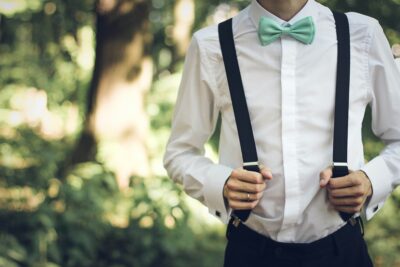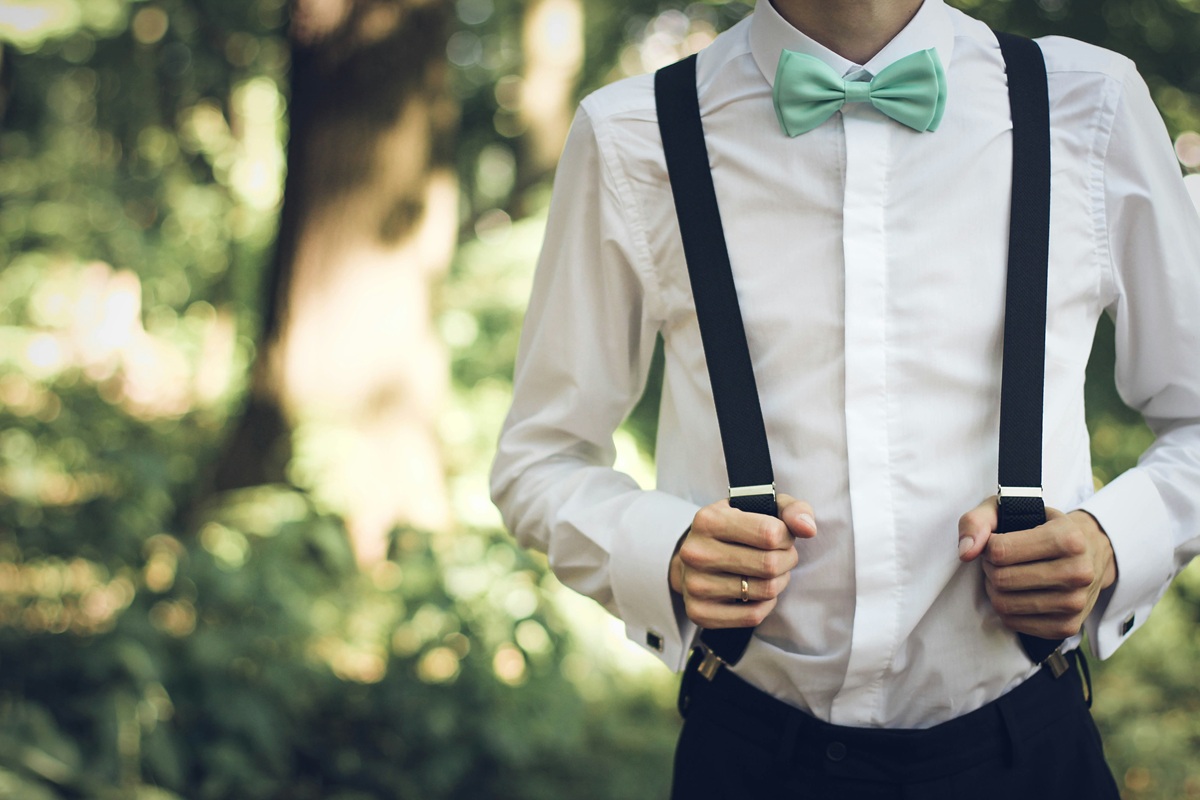The Whiplash World of Micro-Trends- Fast Fashion Trends. Fashion has always been a game of cycles—but thanks to social media, that game is now played
The Whiplash World of Micro-Trends- Fast Fashion Trends.
Fashion has always been a game of cycles—but thanks to social media, that game is now played at double speed. Styles that once took years to peak and fade now blaze through our feeds in a matter of weeks. TikTok, in particular, has turned aesthetics into fast-burning comets: here one moment, gone the next. Fast Fashion Trends.
Take last summer: we hopped from Quiet Luxury to Tomato Girl to Barbiecore so quickly, you’d be forgiven for thinking the fashion calendar had turned into a TikTok For You page. Each “core” had its moment in the sun before being unceremoniously replaced by the next viral obsession.
But as we roll into 2025, something surprising is happening—the new “it” trend is… not chasing trends at all.
Vogue Business recently pointed out that fewer micro-trends are crossing over from TikTok to high-fashion coverage. Instead, more people—especially Gen Z—are ditching the treadmill of algorithm-approved aesthetics in favor of dressing for real life. The idea of buying a whole new wardrobe every few weeks just to match a passing look? Exhausting. And expensive. Now, personal style is the real flex.
The Social Media Spin Cycle-Fast Fashion Trends.
Micro-trends don’t just appear out of thin air—they’re the byproduct of platforms that thrive on constant novelty. TikTok and Instagram reward whatever’s fresh, so looks like Mob Wife or Office Siren get rocketed into the spotlight, only to be discarded just as fast.
Fast fashion retailers like Shein and Temu have built empires on keeping up with that speed. They churn out thousands of new pieces a day, ensuring that by the time you click “add to cart,” they’re already working on the next big thing.

But even insiders are asking if the hype machine has gone too far. Katie Irving, founder of Moonshot Studio, says consumers are hungry for more substance: “People are moving past throwaway aesthetics and leaning into personal style. The smartest brands are catching on, focusing on substance instead of speed.”
Trend forecaster Agus Panzoni calls these micro-trends what they really are—“internet aesthetics.” They don’t evolve organically over seasons like traditional fashion cycles. Instead, algorithms create and pump them out at a pace that’s impossible to sustain. Now, instead of buying into an aesthetic wholesale, people are cherry-picking the parts that actually work for them.
From Trends to Vibes
Instead of rigid labels, fashion is moving toward “vibes”—broader, more fluid moods that people can interpret in their own way. Brat Summer was the perfect example: not just a look, but a whole attitude, soundtracked and culturally flavored.
Fashion journalist Ashantéa Austin explains it like this: “A vibe communicates without shouting. Trends are about products. Vibes are about personality.” Katie Irving agrees, calling this shift a return to individuality and staying power—a rebellion against algorithm-driven sameness.
This change also signals a pushback against hyper-consumerism. Many TikTok-born styles have been exposed as little more than marketing campaigns, and people are getting wise. The result? A “vibe economy” where style is something you live, not something you buy into for three weeks.
IRL Is the New Luxury
If you want proof that the pendulum is swinging away from hyper-online dressing, look at what’s happening in real life. For Gen Z, experiences are now the ultimate status symbol. Studies show 74% value IRL activities over digital ones, and brands are responding.
Luxury labels like Saint Laurent are opening cultural hubs, while Sporty & Rich hosts wellness retreats. It’s no longer just about what you wear—it’s about where you’re wearing it and who you’re with.
Retail vs. Luxury in the Digital Arena-Fast Fashion Trends.
On social media, fast fashion is still winning the numbers game. In the past year alone, retail brands gained over 43 million new followers, compared to 27 million for luxury labels. TikTok loves retail’s rapid-fire trends, and Instagram isn’t far behind.
But here’s the twist: when it comes to engagement—real conversations, not just clicks—luxury still holds serious weight. Dior, Calvin Klein, and Gucci top the charts for meaningful interactions, proving that long-term brand loyalty comes from more than just feeding the algorithm.
The Road Ahead: Dressing for You, Not the Feed
The future of fashion seems less about joining the latest viral aesthetic and more about cultivating something lasting. The “vibe economy” puts mood, personality, and identity front and center. Brands that want to survive in this landscape will need to connect with people in ways that feel authentic, personal, and culturally relevant.
In 2025, style isn’t about keeping up. It’s about showing up—on your own terms.
The FTC actively works to keep businesses honest when they use AI tools, including chatbots, digital avatars, and other automated systems. Regulators know that these technologies can be incredibly powerful for improving customer service, marketing, and operations—but they also understand the potential for misuse.
For example, a poorly designed chatbot can mislead customers with inaccurate information, while a deceptive digital avatar could manipulate users into making purchases they don’t need. In some cases, companies might even hide the fact that a person is talking to AI instead of a real human, creating trust issues and damaging brand credibility.
To counter these risks, the FTC sets clear guidelines to ensure transparency. Businesses must disclose when customers are interacting with AI, ensure the information these tools provide is accurate, and avoid using AI in ways that trick or mislead consumers. They’re also expected to have systems in place for detecting errors and making quick corrections.
By holding companies accountable, the FTC aims to maintain a fair digital marketplace where AI works as a helpful tool—not a manipulative one. This approach not only protects consumers but also helps ethical businesses stand out in an increasingly AI-driven economy.




COMMENTS